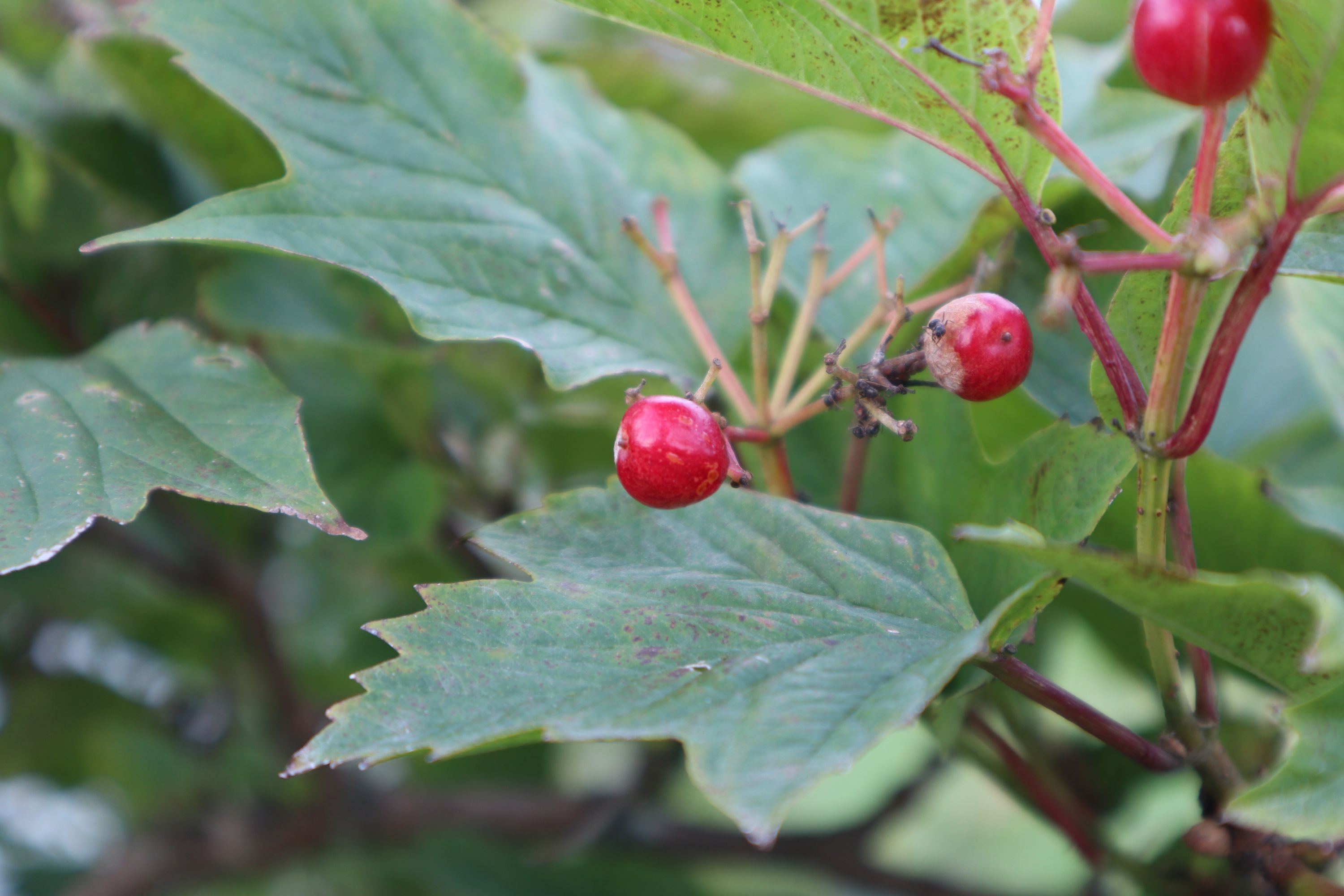Small cranberry
(Vaccinium oxycoccos)

Description
Vaccinium oxycoccos is a small, evergreen shrub that belongs to the Ericaceae family, which includes other popular plants such as blueberries, cranberries, and rhododendrons. It is commonly known as small cranberry, bog cranberry, or northern cranberry, and is native to northern temperate and boreal regions, including North America, Europe, and Asia. This plant has been used for centuries by indigenous people for medicinal and culinary purposes. In this article, we will explore the characteristics, uses, and cultivation of Vaccinium oxycoccos in detail. Characteristics: Vaccinium oxycoccos is a low-growing, mat-forming shrub that typically grows up to 15cm tall and 60cm wide. It has slender stems that are woody at the base and covered with tiny, scale-like leaves. The leaves are evergreen, alternate, and oblong-elliptic, measuring 4-10mm long and 2-4mm wide. The flowers are small, pink to red, and bell-shaped, and appear in late spring to early summer. The fruit is a small, bright red to dark red, berry-like pome, measuring 5-10mm in diameter, with a tart, acidic taste. The fruit contains numerous small seeds and is edible, and can be eaten fresh or used in a variety of culinary applications. Uses: Vaccinium oxycoccos has been used for centuries for its medicinal and culinary properties. The plant has a long history of use by indigenous people in North America, who used the berries to treat a variety of ailments, including urinary tract infections, digestive disorders, and as a general tonic. The berries contain high levels of vitamin C and antioxidants, making them a popular ingredient in modern herbal remedies. In culinary applications, the fruit of Vaccinium oxycoccos is commonly used in sauces, jams, and juices, and is also used as a flavoring agent in baked goods and desserts. The tart, acidic flavor of the fruit makes it a popular ingredient in traditional dishes such as cranberry sauce and relish, and it is also used as a garnish for cocktails and other beverages. Cultivation: Vaccinium oxycoccos is relatively easy to grow and is well-suited to cool, temperate climates. The plant prefers moist, acidic soils and is often found growing in bogs, swamps, and other wetland areas. It can also be grown in containers or raised beds, provided the soil is well-draining and acidic. The plant requires full sun to partial shade and should be watered regularly to keep the soil moist. Propagation of Vaccinium oxycoccos can be done through seed or vegetative means. Seeds should be sown in a well-draining, acidic soil mixture and kept moist until germination occurs. Vegetative propagation can be done through stem cuttings or by dividing mature plants. Cuttings should be taken from the current season's growth and rooted in a well-draining, acidic soil mixture. Pruning of Vaccinium oxycoccos is typically done in late winter or early spring, before new growth appears. Dead or diseased wood should be removed, and the plant should be shaped to maintain its desired size and shape. Conclusion: Vaccinium oxycoccos is a versatile and useful plant that has been used for centuries for its medicinal and culinary properties. With its evergreen foliage, pink flowers, and bright red fruit, it is also an attractive addition to any garden or landscape. Whether grown for its fruit or ornamental value, Vaccinium oxycoccos is a plant that is sure to please.
Taxonomic tree:







